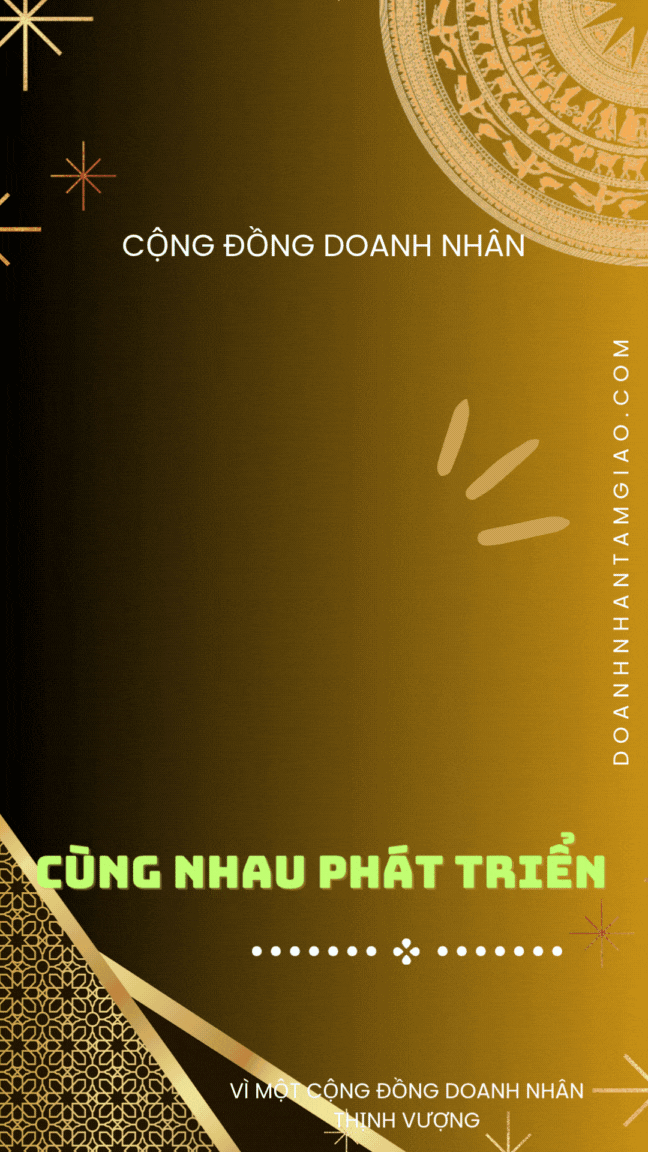Money: The Central Lever of the Economy
Definition and value
Money is a legal means of payment issued by state authorities, serving as an intermediary for the exchange of goods and services. Its value does not lie in itself but in the purchasing power it represents within the economy.
Different perspectives exist: Marx described money as a special commodity; economists view it as a widely accepted instrument for trade or debt settlement; Mankiw and Mishkin define it as an asset readily available for transactions.
Historical development
In ancient times, goods were exchanged directly. Metal money emerged around 3000 BC in Mesopotamia, first made of copper, then iron.
Paper money was introduced in China between 600–1455, later spreading to Europe in the 17th century through Swedish and American banks. Today, electronic money and cryptocurrencies have appeared in digital form, though their legal status remains incomplete.
Forms of money

By origin and existence, money is divided into:
-
Commodity money: goods used as a medium of exchange.
-
Credit money: coins or paper backed by trust.
-
Bank money: account balances used via checks or transfers.
-
Electronic money: digital payment through algorithms and data, not yet fully recognized.
Nature and functions
Money is a special commodity that qualifies as a universal exchange medium. Two core elements define it:
-
Use value: its ability to facilitate transactions through social acceptance.
-
Purchasing power: its capacity to obtain goods, depending on supply and demand.
Money performs five major functions:
-
Medium of exchange – ensures the circulation of goods.
-
Measure of value – reflects prices, living standards, and economic growth.
-
Means of payment – used for purchases, debt settlement, and taxes.
-
Store of value – when held outside circulation, it represents social wealth.
-
World money – serves as an international payment instrument, linked to exchange rates.
Monetary policy
A powerful economic tool:
-
Expansionary: increases money supply, lowers interest rates, stimulates demand during recessions.
-
Contractionary: reduces supply, raises interest rates, controls inflation when the economy overheats.
Conclusion: Money is not only a payment instrument. It embodies value, coordinates economic activities, and remains the central axis of macroeconomic policy.
Ý kiến bạn đọc
Những tin mới hơn
Những tin cũ hơn
Luật sư Trần Đình Phúc: Người thầm lặng kiến tạo nên những giá trị bền vững tại Luật Nguyễn
Trong hành trình hơn 25 năm phát triển của Luật Nguyễn, bên cạnh những bước tiến mạnh mẽ và thành tựu đáng tự hào, không thể không nhắc đến những con người đã đặt nền móng và gắn bó trọn vẹn với sự nghiệp chung. Luật sư Trần Đình Phúc là một trong số ấy. 1. Người đồng hành từ những ngày đầu...
-
 Conditions and Procedures for Foreigners to Acquire Vietnamese Citizenship
Conditions and Procedures for Foreigners to Acquire Vietnamese Citizenship
-
 Conditions and Procedures for Foreigners to Acquire Vietnamese Citizenship
Conditions and Procedures for Foreigners to Acquire Vietnamese Citizenship
-
 Điều kiện và thủ tục để người nước ngoài nhập quốc tịch Việt Nam
Điều kiện và thủ tục để người nước ngoài nhập quốc tịch Việt Nam
-
 Differences Between Visa and Temporary Residence Card in Vietnam
Differences Between Visa and Temporary Residence Card in Vietnam
-
 Visa và Thẻ Tạm Trú tại Việt Nam: Sự khác biệt
Visa và Thẻ Tạm Trú tại Việt Nam: Sự khác biệt
- Đang truy cập99
- Máy chủ tìm kiếm1
- Khách viếng thăm98
- Hôm nay16,237
- Tháng hiện tại207,529
- Tổng lượt truy cập976,192













